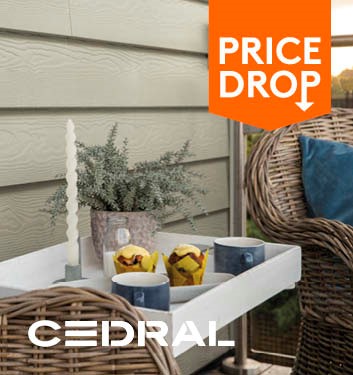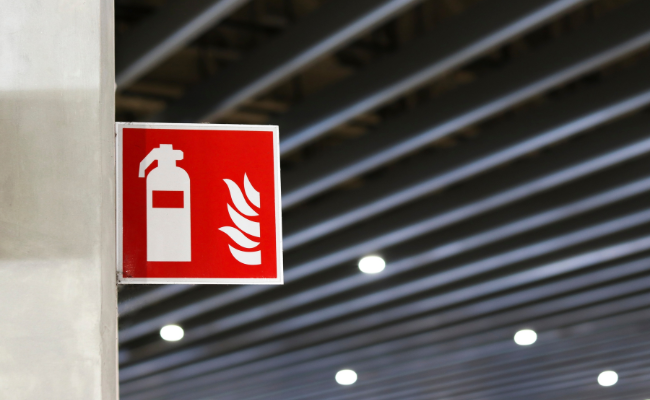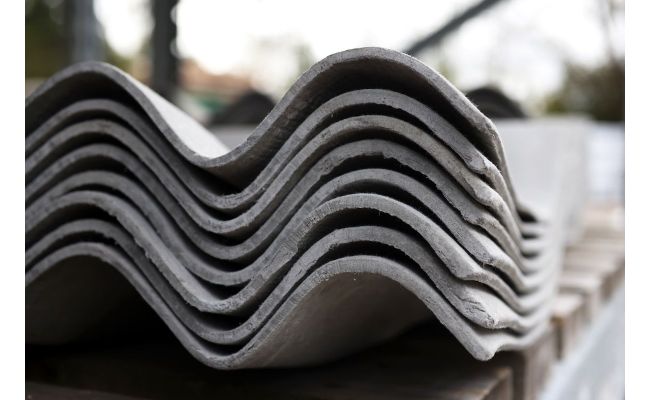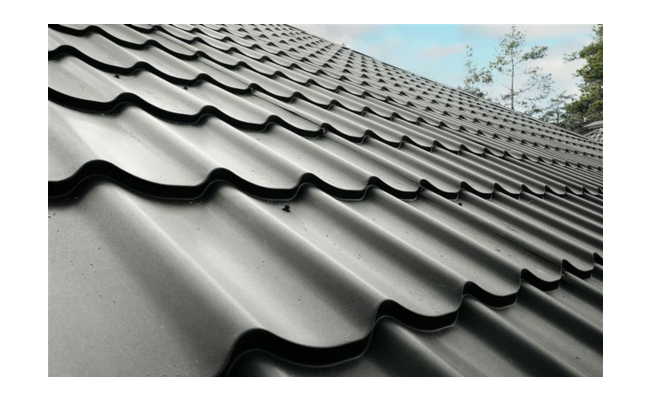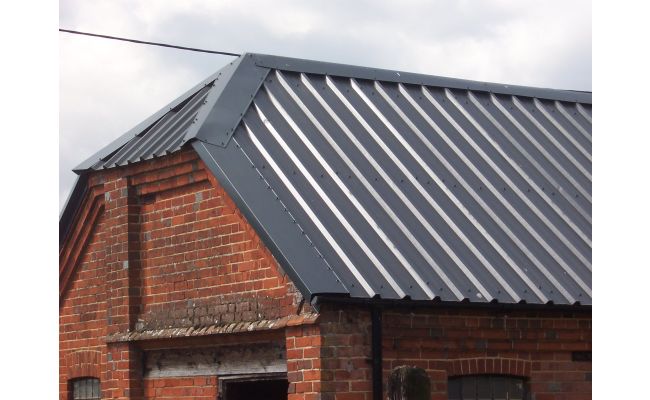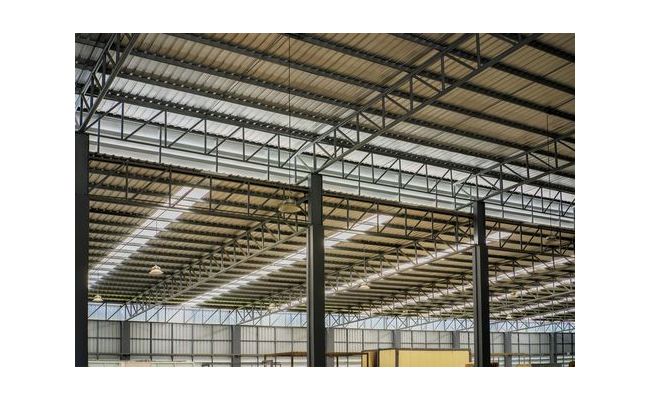Changes to Part B
A new version of Approved Document B of the Building regulations which covers fire safety – usually referred to as ‘Part B’ – came into force on 1 December 2022 with a six-month transition period. This means that if a building application was made before 1 December and work starts on site before 1 June 2023, the old regulations apply. Otherwise, the new Part B regulations must be followed.
Why were the amendments made?
The amendments mostly involve combustible cladding and have been introduced as a result of the Grenfell Fire tragedy and the ensuing Hackitt report which made recommendations for how building regulations should change. Although many of the latest changes to Part B apply to high-rise and medium-rise buildings, the regulations have been amended to introduce bans on certain cladding for all heights of building.
Which cladding has been banned?
Metal composite material (MCM) panels with an unmodified polyethylene (PE) core, often called MCM PE panels, have been banned on all new buildings at any height. This includes aluminium cladding material (ACM) PE panels where used on the Grenfell Tower and which Dame Judith Hackitt’s enquiry found contributed to the rapid spread of fire. MCM and ACM panels with other types of filling have not been banned.
What are the changes relating to non-combustible cladding?
Previously, regulations said that any residential building, hospital, school or student accommodation block with a storey over 18m – generally six stores or more - must have non-combustible cladding. Now that list has been extended to include hotels, hostels and boarding houses.
New regulations have also been introduced for medium-rise buildings, those with a storey over 11m (five storeys). There is not an all-out ban on combustible materials, but buildings must be proved to be fire safe from a systems perspective. The aim is to allow some flexibility; for instance so that structural timber frame can be used.
What about changes of use?
The new regulations will apply to any building over 11m that is undergoing a material change of use. This includes change of use from office to residential, a residential building that has been converted into more or fewer dwellings, residential building where rooms have been added or taken away.
The requirement also applies to upward extensions that would take the building height over that level. As well as cladding, any balconies or solar shading devices must also be non-combustible.
What does non-combustible mean?
It means that the materials used should have a fire rating of A2 s1 d0 as classified in EN 13501-1:2018. Here is an explanation of the fire rating classification:
- A1 = non-combustible, A2 = non-combustible (Scotland) and limited combustibility (England and Wales); B, C, D = some contribution to fire; E and F which mean high contribution to fire
- s1 = little or no smoke, s2 = quite a lot, S3 = heavy smoke
- d is formation of droplets or particles with d0 = no droplets, d1 some, d2 lots
What about low rise?
Unless you were planning to use the banned MCM PE panels, these changes won’t apply. But it is important to remember that Part B says that for all buildings, consideration must be given to the choice of materials used for external wall with respect to spread of fire. Many of the law changes that have come out of the Hackitt report are expected to have repercussions in the building and insurance industries beyond high-rise developments.

